Understanding Bankruptcy: The Differences Between Chapter 7 & 13 and How to Protect Your Assets
Navigating bankruptcy can be complex and overwhelming, but understanding the key differences between Chapter 7 and Chapter 13 bankruptcy is a crucial first step. Chapter 7 and Chapter 13 have unique features that impact your financial life in different ways. You may only qualify for one or the other, so knowing which path to take can help you make informed decisions about your financial future.
What is Bankruptcy?
Bankruptcy is a legal process designed to help individuals or businesses who are unable to pay their outstanding debts. The goal is to provide a fresh financial start while treating creditors fairly. In the US, the two most common types of bankruptcy for individuals are Chapter 7 and Chapter 13.
Chapter 7: The Liquidation Approach
Chapter 7, often referred to as liquidation bankruptcy, involves selling your property to pay off your debts. This option is typically chosen by those who don’t own a home and have a limited income. In fact, debtors must pass a “means test” to qualify for a Chapter 7 filing. In this case, non-exempt assets, such as luxury items, might be sold off to settle debts. Thankfully, many unsecured debts, like medical and credit card bills, are discharged through this process, meaning you are no longer obligated to pay them.
Chapter 13: The Reorganization Method
Chapter 13 is also known as a reorganization bankruptcy. It allows you to keep your property, including secured assets like your home and car, if you successfully complete a court-mandated repayment plan that lasts three to five years. This plan is based on your income and ability to pay and may include provisions like “cramdowns” on secured loans, potentially reducing the amount you owe.
Protecting Your Assets in Bankruptcy
Asset protection is a major concern when filing for bankruptcy. In Chapter 7, state-specific and federal exemptions may protect certain assets—like your home equity, retirement accounts, or personal possessions—from being sold. In Chapter 13, the focus is on maintaining your assets while repaying debts through a manageable repayment plan.
The Role of Bankruptcy Lawyers
When considering bankruptcy, partnering with a knowledgeable bankruptcy attorney is a huge weight off your shoulders. These legal professionals guide you through complex bankruptcy laws, helping you understand which assets can be protected as you navigate repayment plans and liquidation processes. You’ll find their expertise invaluable as you begin restructuring your finances.
Contact Richards & Richards Law Firm
Understanding the differences between Chapter 7 and Chapter 13 bankruptcy is essential for effective asset protection during these challenging times. At Richards & Richards Law Firm, we bring over 35 years of experience in bankruptcy law, offering thorough assistance with filing bankruptcy and understanding the implications of this filing. As a family-owned firm, we recognize the impact of financial distress on your loved ones. That’s why we’re here to guide you through the bankruptcy process in Ogden, UT, and the surrounding areas. For personalized advice from a seasoned bankruptcy attorney, please contact us at 801-621-7443 and set up a consultation today.


